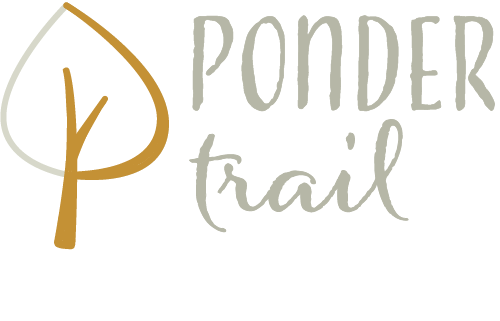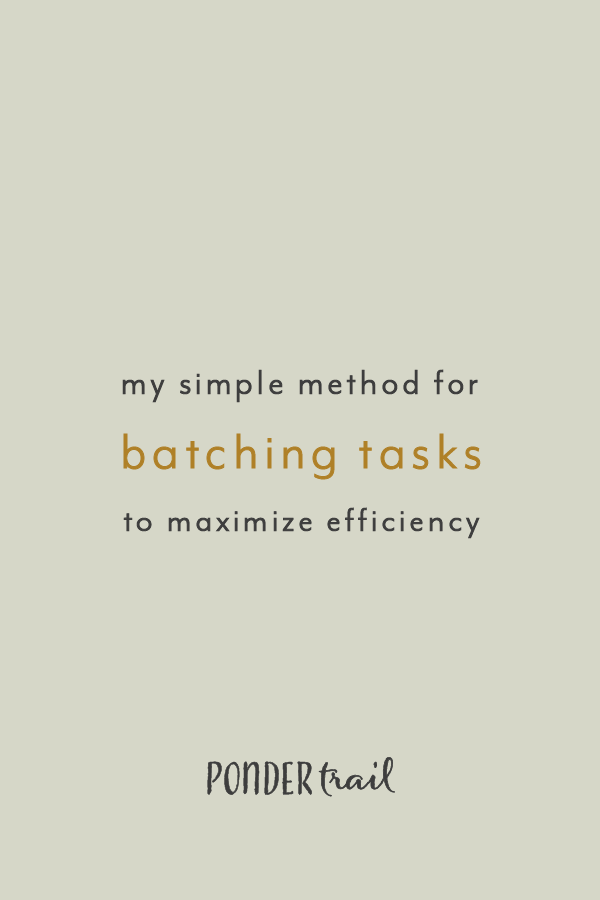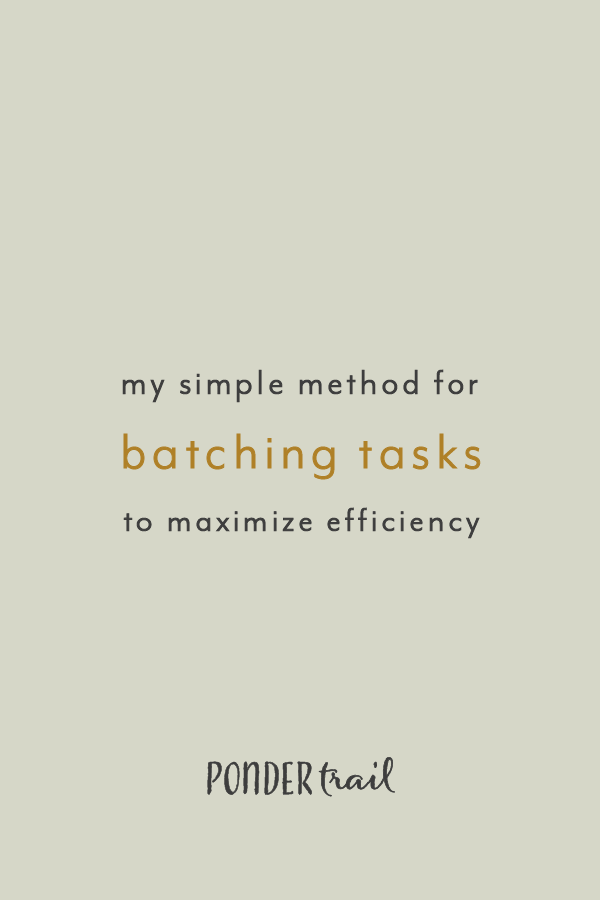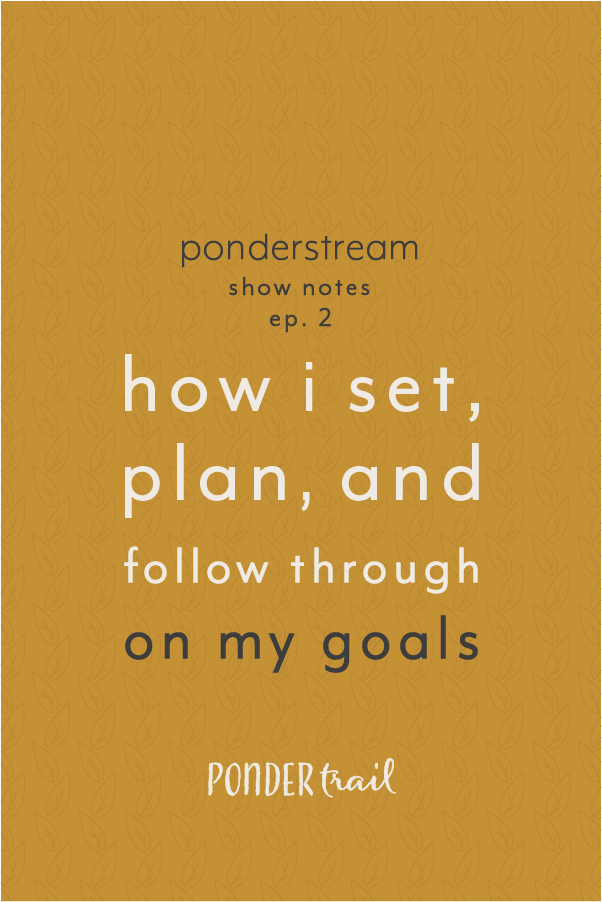My Simple Method for Batching Tasks to Maximize Efficiency
Imagine gaining back hours each month without delegating, cutting back, or automating your tasks. It’s like free time that’s yours for the taking.
This not-so-secret weapon is a strategy that all creative entrepreneurs have at their disposal, and it’s called batching.
It’s the king of task management, yet this effective trick is so simple you can master it in 3 easy steps. If you try it out, I guarantee you’ll benefit from this approach to getting things done.
Learn how in today’s post, and start saving time so you can focus on the projects you’ve been wanting to work on.
What is Batching? And Why Batch Your Business Tasks?
The term “batching” refers to tackling your tasks in bulk. So instead of sitting down once a week to write one newsletter, for example, you write four of them at once. This frees you up to focus on other things for the rest of the month.
When done strategically, batching can give you back hours of your day.
How? It cuts out the repetitive, in-between tasks that you normally do over and over again. These include steps like opening your document to write, logging into your email list software, hunting down resources and links, scheduling your emails, toggling from one app or program to another, etc. When you approach tasks in bulk, the repetition of many of these steps are cut back or eliminated.
Batching also allows you to stay in a productive work rhythm since you are able to keep your focus on one task instead of juggling a bunch in a small amount of time. It also gets rid of the unproductive warm-up time that it often takes to get into a deep working rhythm each time you switch to a new task.
Batching is a great way to get ahead with your tasks, too, because you complete them in bulk before they are actually needed to be done. Plus, you don’t need to refresh your memory each week, figure out where you left off, or try to recall the points you wanted to get across.
This technique also frees you up to work on new projects or other high-impact areas of your business that are often difficult to get to.
Areas to implement batching in your business:
content brainstorming
blog post outlining and writing
blog post graphics
newsletter writing and setup
podcast and video recording
social media posts
client work
product creation
bigger projects
emails
How to Batch Your Business Tasks in 3 Simple Steps
1 // List out all of your tasks
To start, make a list of your tasks for the next month. For each item, denote whether it is repetitive or a one-time task. This will give you an idea of the tasks you can continually accomplish in bulk.
The more intentional you are with this step, the more your business will benefit from batching, so make sure these tasks lead to your goals instead of take up your time. Look at your plan for the month to double-check that you’re sticking to the right path. Then, cross off any tasks that don’t apply, and add any that you may have overlooked.
Pro Tip: I create an action plan when I set goals, so I already have an idea of the tasks I need to do, such as the type of content I need to create and the marketing strategies I want to try.
When I create a batch list, I go through all of my goals and walk through what I need to do step-by-step to make sure I cover all of the tasks.
Once you’ve confirmed that your list of to-do’s (or must-do’s, as I like to call them) is complete, think about each one and break them down into small action steps. An action step is a one-step task that spells out each part of of a task or a goal.
For example, you might have “publish 2 blog posts each week” on your list, but it’s best to break down the process of writing a blog post into different pieces. You could list them out like this:
Brainstorm topic ideas
Outline post
Draft post
Write post
Edit post
Determine title and url
Determine categories and tags
Do this for all of your tasks and projects until each one is broken down into small one-off steps.
2 // Organize your tasks into batching groups
Once you have a list, you’ll have a complete picture of all of the kinds of tasks you can group together and accomplish in batches.
To create groups that make sense for batching, organize your tasks into similar types. The way you group them is up to you, so play around with how you organize it to find what works best for you.
For example, anytime you see an action that begins with “write,” you can add it to a “writing tasks” group that can be tackled in bulk. Here you can list things like blog posts, newsletters, and instagram captions. This lets you focus on and complete all of your writing tasks together in one batch.
Or you can split up your writing into separate batches for content creation and marketing copy if you want to keep blogging separate from instagram captions and tweets.
You can even batch brainstorming for all of your platforms (idea generation for blogging, newsletter, podcast, videos, social media, etc.).
Or you can keep platforms separate and tackle each one in its own batch (create and schedule blog posts, write and schedule newsletters, outline and record podcasts, plan and schedule social media posts, etc.).
The great part about batching is that you can always tweak your system a bit as you try it out. The goal of batching is to cut out repetitive steps, save time, give you focused work sessions, and let you stay ahead of the game. So keep that in mind as you formulate your batches.
3 // Create a schedule for batching
Next, decide how much batching you want to do at once. Do you want to spend an entire day on one type of task? Or do you want to fit a few smaller batch sessions into one day? Do you want to batch as many tasks as possible? Or do you only want to batch a particular few?
Try to find the perfect range where you can work with a deep focus on one task for a long chunk of time without hitting the limit where you overdo it and lose concentration.
Batching takes some getting used to, and there will likely be some trial and error to find your sweet spot. Don’t be afraid to push yourself a bit at first, but avoid going too far or wearing yourself out.
It’s helpful to regularly take short breaks when working on one task for a long spurt, so be sure to include rest time in your schedule as well.
You can approach your batching calendar in different ways:
A few focused sessions of batching each day
One or two batch days each week
A full week or a half-week of batching each month
A set number of batching days each month
You can sprinkle batch days around or burst through them back-to-back. Create a routine that works best for you and your tasks.
So there you have my 3-step system for how to batch.
Have you ever tried batching your business tasks? I’ve found it to be incredibly helpful, and I’m amazed at how much time this strategy has saved me. It’s so simple, and I enjoy working on my tasks even more since I am able to be more efficient.
I would love to know your thoughts in a comment below!




























